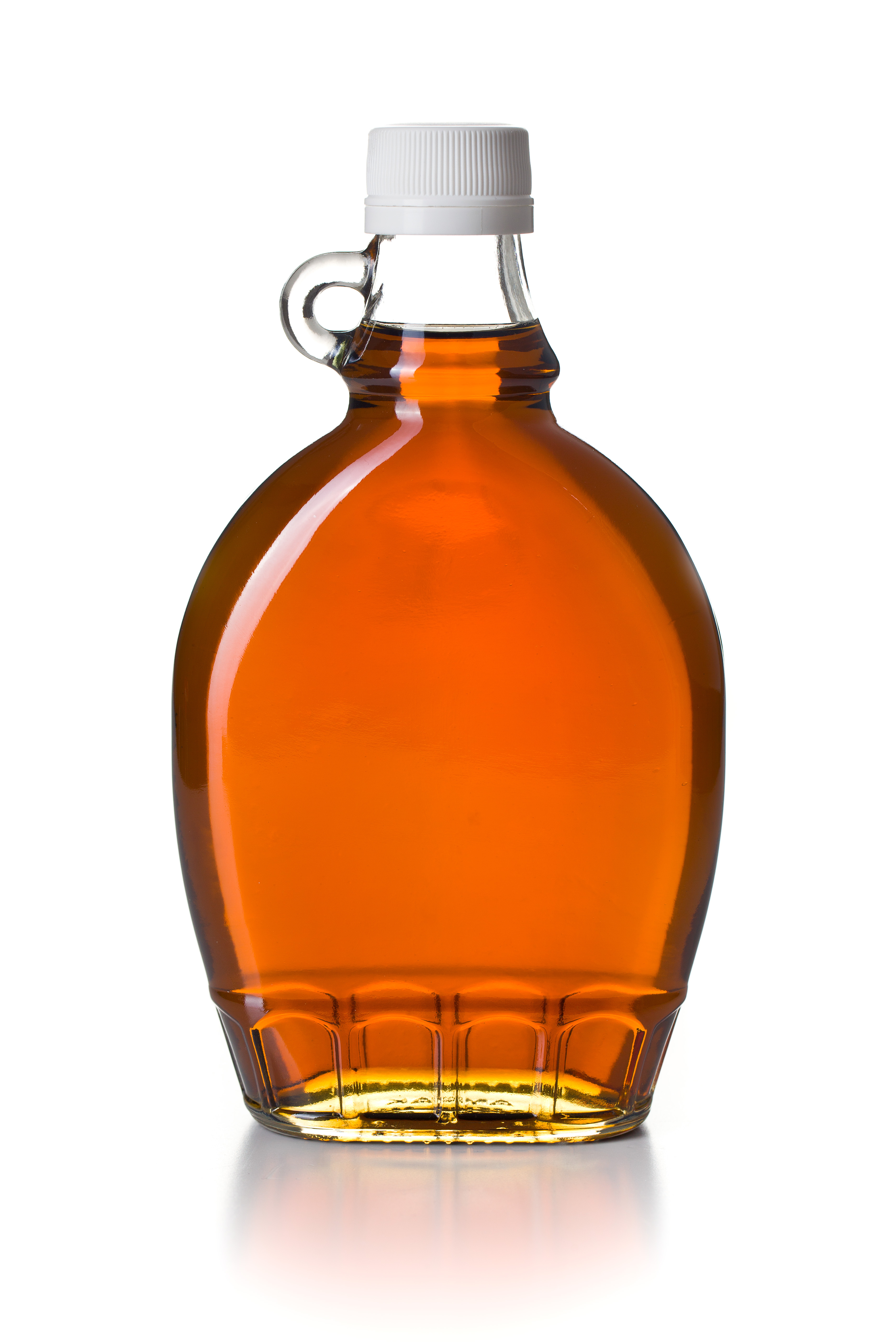Maxime Delisle-Houde, Russell Tweddell. (2019). Sugar maple autumn-shed leaf extract: a potential antibacterial agent for the management of lettuce bacterial leaf spot. Canadian Journal of Plant Science. https://doi.org/10.1139/CJPS-2019-0040
ABSTRACT
Different extracts prepared from wastes (barks, branches, needles, or leaves) of different trees (grey alder, balsam fir, American larch, red maple, sugar maple, white spruce, black spruce, jack pine, white pine, quaking aspen, sweet cherry, northern red oak) were investigated for their potential use as antibacterial agents for the management of lettuce varnish spot and bacterial leaf spot caused by Pseudomonas cichorii (Swingle) Stapp and Xanthomonas campestris pv. vitians (Brown) Dye, respectively. Extracts were first screened for their antibacterial activities against P. cichorii and X. campestris pv. vitians using the in vitro disk diffusion assay. Based on the diameter of the inhibition zone, ethanol (95%) extract prepared from sugar maple autumn-shed leaves (SMASL) and aqueous ethanol (50%, v/v) extracts prepared from SMASL and from sugar maple green leaves showed the strongest antibacterial activities. Ethanol (95%) SMASL extract was further investigated for its efficacy to manage bacterial diseases when applied on lettuce plants grown in greenhouse. Foliar application of ethanol (95%) SMASL extract at a concentration of 3.2 g L−1 was shown to significantly (P≤ 0.05) reduce bacterial leaf spot severity as compared to the control without causing phytotoxicity symptoms that could prevent the commercial marketing of the lettuce. Ethanol (95%) SMASL extract (1.6 g L−1 and 3.2 g L−1) was also shown to significantly reduce varnish spot severity in one experiment out of two. This study identifies for the first time the possibility of exploiting SMASL to manage bacterial diseases affecting horticultural crops.
https://www.nrcresearchpress.com/doi/abs/10.1139/CJPS-2019-0040#.XaZpUZNKiu6

